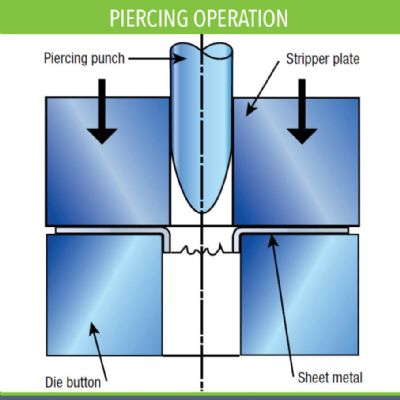New Business Producing Existing Parts
March 29, 2024Comments
Any company welcomes the award of business for any new product. But such awards require time to build tooling and submit initial samples to customers. Weeks or months may pass after receiving customer approval for production demands to reach a level that provides the desired cash flow.
As an alternative, some companies pursue new opportunities to supply existing parts. The award of business may be described using terms such as reshoring, resourced tooling, supplier relocation, or offload or takeover tooling programs. Regardless of the term used, all can be classified as, “new business producing existing parts.” This type of new business provides immediate revenue for companies—an attractive proposition that often produces an urgency to close the deal. However, metal formers should proceed with caution, as such propositions entail risks.
Gaining new business producing existing parts demands a well-executed plan with a clear understanding of the associated risks. Companies must have the foresight to use plans and tools that ensure success in incorporating others’ problem jobs without adversely affecting their own operations. Skip this step and your existing production may soon become someone else’s new business.
Collect Data
When accepting new business producing existing parts, collect as much information and material from the customer as possible. This includes part drawings, tool designs, press-setup sheets, sample parts, etc. Speak to the customer’s product engineer(s) to understand the part’s design intent. If possible, visit the customer’s facility to where the parts will be shipped. Oftentimes, acceptance criteria for work relocated from one source to another is “as good as or better than that from the previous supplier.” This may imply that parts do not meet print specifications, adding even greater importance to attaining a clear understanding of how the parts will be used at the receiving plant and what matters to assembly-line personnel.
Learn as much as possible about the product, the customer’s needs, and any previous experiences with the parts that the customer can share. The objective: Build a cooperative working relationship and shorten the learning curve.
Determine the level of available inventory, including work in process, and develop a timeline to fulfill the customer’s need for good parts. Collect asset lists (customer-owned tooling) for all parts of the process and a bill of materials for spare parts.









 Webinar
Webinar